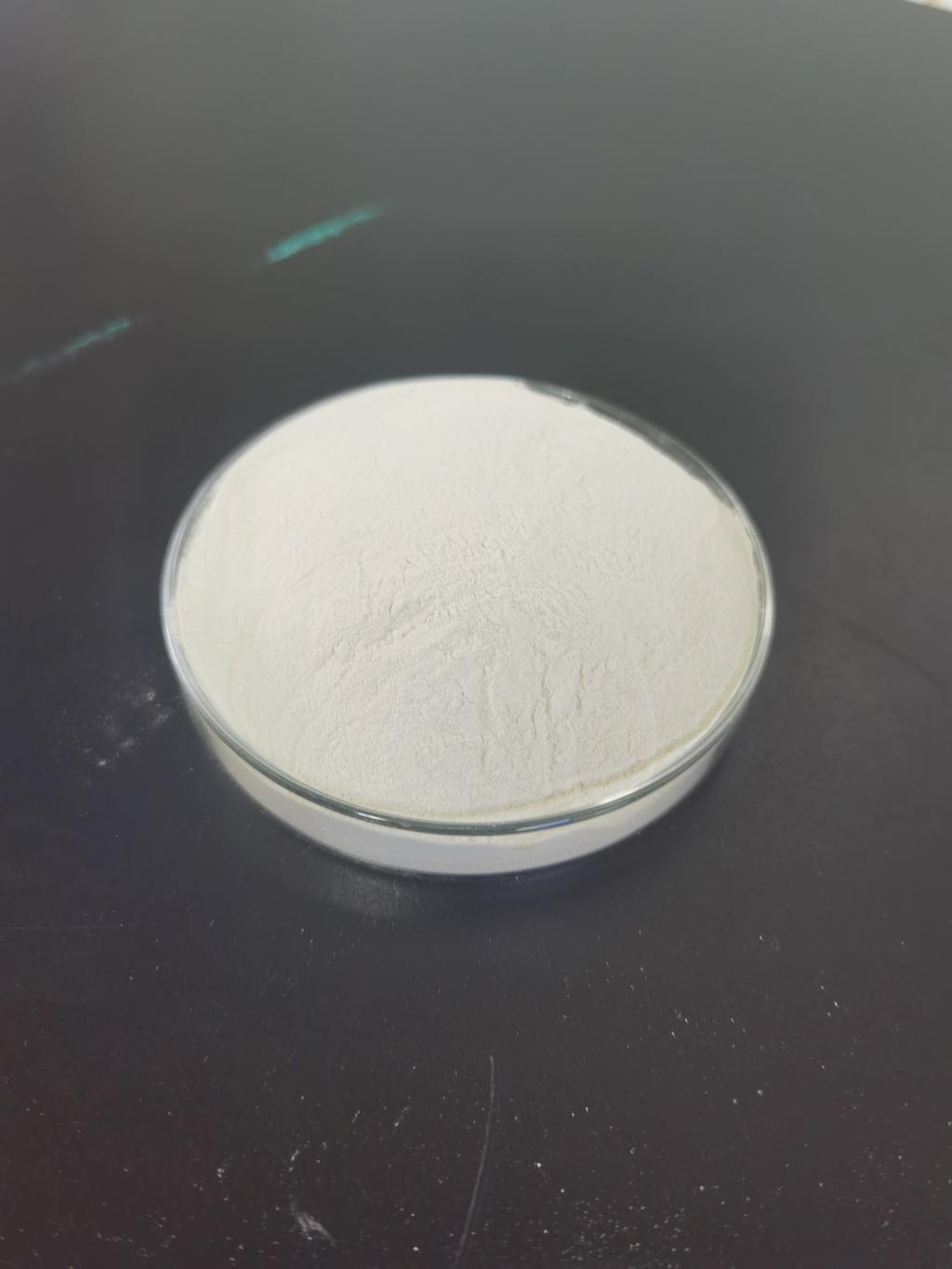Tel:+8618231198596

News
 CONTACT
CONTACT
 CONTACT
CONTACT
- Linkman:Linda Yao
- Tel: +8618231198596
- Email:linda.yao@dcpharma.cn
- Linkman:CHARLES.WANG
- Department:Overseas
- Tel: 0086 0311-85537378 0086 0311-85539701
News
Current Position:
Home >
News
>Can Nisin be used in the preservation of bakery and confectionery products?
Can Nisin be used in the preservation of bakery and confectionery products?
TIME:2023-07-28
Introduction:
Bakery and confectionery products encompass a wide range of delicious delights, including bread, cakes, pastries, chocolates, and candies. The popularity of these treats has driven manufacturers to seek effective preservation methods to extend shelf life while ensuring product safety and quality. Nisin, derived from Lactococcus lactis, has emerged as a potential natural preservative, and this article aims to explore its suitability and impact on the preservation of bakery and confectionery items.
Nisin: A Natural Antimicrobial Peptide:
Nisin is a bacteriocin, which is a type of antimicrobial peptide produced by certain bacteria. It was discovered over a century ago and has been widely used in the preservation of various food products due to its potent antimicrobial properties. As a GRAS-listed (Generally Recognized as Safe) ingredient, Nisin is gaining popularity as a clean label preservative alternative to synthetic options.
Mechanism of Action:
Nisin's mode of action involves targeting the bacterial cell membrane, particularly in Gram-positive bacteria. By binding to the membrane, Nisin forms pores that disrupt the integrity of the cell, leading to the leakage of essential cellular components and eventual cell death. This unique mechanism helps combat a broad spectrum of bacteria, including certain foodborne pathogens and spoilage microorganisms.
Benefits of Nisin in Bakery and Confectionery Product Preservation:
4.1. Extended Shelf Life: The incorporation of Nisin in bakery and confectionery products can significantly extend their shelf life by inhibiting the growth of spoilage and pathogenic bacteria. This extension enhances product freshness, reduces food waste, and optimizes supply chain management.
4.2. Improved Safety: Nisin's antimicrobial properties help mitigate the risk of bacterial contamination, which is essential in reducing the likelihood of foodborne illnesses associated with these perishable treats.
4.3. Clean Label Appeal: The trend towards clean label products, featuring natural and recognizable ingredients, has gained momentum in the food industry. Nisin's status as a naturally occurring peptide aligns with this consumer preference, making it an attractive choice for manufacturers seeking clean label solutions.
4.4. Preservation without Compromising Taste: One of the key challenges in preserving bakery and confectionery products is maintaining their original taste and texture. Nisin's selective antimicrobial activity against harmful bacteria while sparing beneficial ones allows for better flavor retention compared to traditional preservatives.
Limitations and Considerations:
5.1. Targeted Spectrum of Activity: Nisin's efficacy is primarily limited to Gram-positive bacteria, leaving Gram-negative bacteria, yeasts, molds, and viruses unaffected. Manufacturers must consider additional preservation strategies to address other potential sources of spoilage and contamination.
5.2. Optimal Concentration and Application: Determining the appropriate concentration of Nisin in specific bakery and confectionery formulations requires careful consideration and testing to ensure efficacy without negatively impacting product quality.
5.3. Interaction with Ingredients: The compatibility of Nisin with various ingredients commonly used in bakery and confectionery products, such as sugars, fats, and emulsifiers, needs thorough assessment to prevent any potential negative interactions.
Regulatory Considerations:
Manufacturers must adhere to regulatory guidelines and permissible concentrations of Nisin in bakery and confectionery products to ensure compliance with food safety standards.
Future Directions:
Further research is warranted to explore innovative methods of incorporating Nisin into bakery and confectionery items effectively. Additionally, investigating the potential synergistic effects of Nisin with other natural preservatives or processing techniques could yield even more robust preservation strategies.
Conclusion:
Nisin holds significant promise as a natural preservative for bakery and confectionery products, offering benefits such as extended shelf life, improved safety, clean label appeal, and better taste retention. By understanding its mechanism of action and addressing its limitations, manufacturers can harness the full potential of Nisin to meet consumer demands for high-quality, safer, and longer-lasting treats. The use of Nisin in this context reflects the ongoing industry shift toward sustainable and clean label preservation solutions, ensuring that consumers can continue to enjoy their favorite bakery and confectionery delights with peace of mind.
- Tel:+8618231198596
- Whatsapp:18231198596
- Chat With Skype







